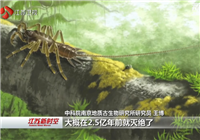Two teams of researchers at the Nanjing Institute of Geology and Paleontology under the Chinese Academy of Sciences have begun study of a species of spider with a long tail, which is found in amber at least 100 million years old.
A spine-tingling spider with a scorpion-like tail has been found in amber dating back 100 million years.
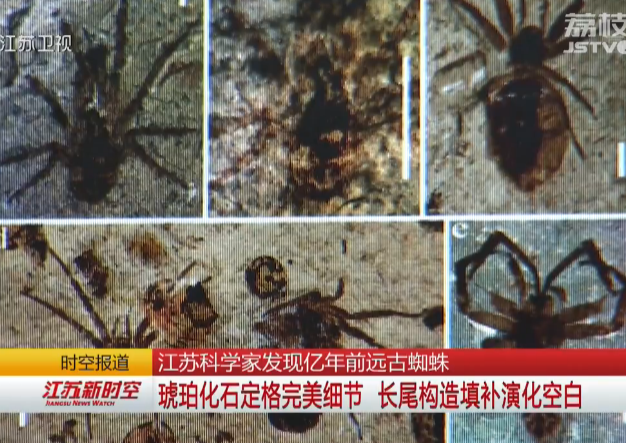
The primitive creepy crawly is so scary it’s been named after a monster from Greek mythology that was made of the parts of more than one creature.
It scurried around the undergrowth of the rainforests of Burma during the age of the dinosaurs.
The tail was longer than its body and was used as a sensory device to seek out prey or escape predators.
Called a telson we see it today in scorpions – but it has never been known before in a spider.
The newly discovered species also had fangs — just like today’s arachnids — through which it would inject venom into insects it trapped in pincer-like claws.
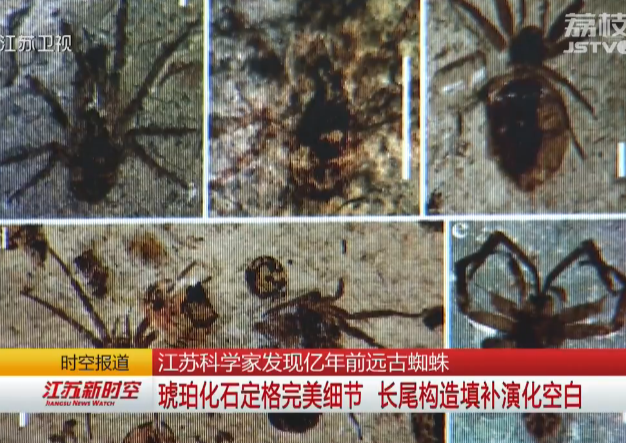
Four fossils were so perfectly preserved scientists could also identify specialized male sexual organs called pedipalps. Similar to a tiny hypodermic needle they are used to transfer sperm to females.
While creeping through the dinosaur-era forest the spiders became enveloped in a pool of tree resin oozing from conifer trees.
The foursome was entombed in stunning detail. The head, fangs, male pedipalps, four walking legs and silk-producing spinnerets at the rear could all be observed.
But the most striking feature was the long flagellum – or tail. No living spider has such a thing.
The specimens are all tiny — about 2.5 millimeters in body length — excluding the nearly 3 millimeter-long tail.
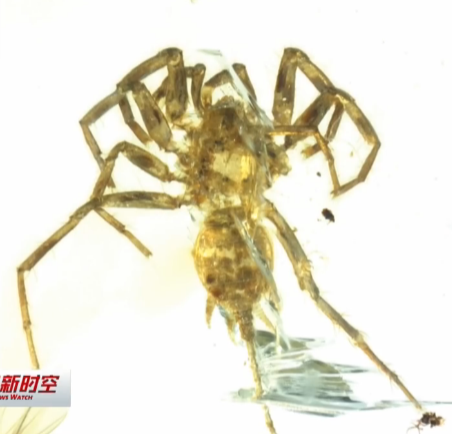
The spider has been christened Chimerarachne after the mythological Chimera – a hybrid beast composed of the parts of several animals.
It’s usually depicted as a lion with the head of a goat arising from its back – and a tail that might end with a snake’s head,
It’s the latest in a series of Cretaceous-period fossils from the amber deposits in northern Myanmar’s Hukawng Valley.
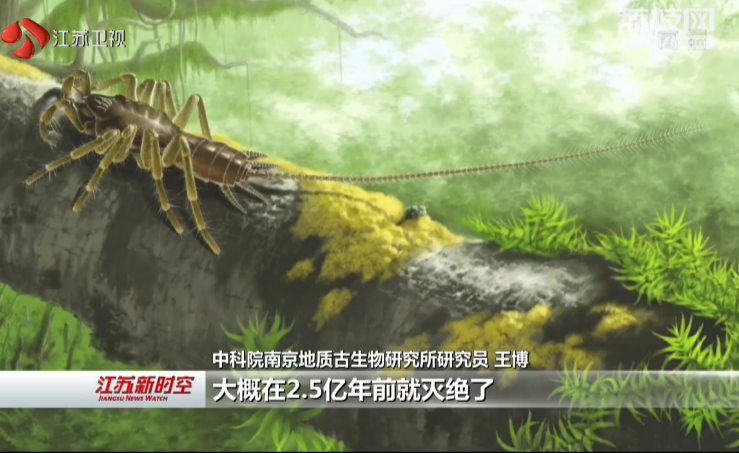
Amber, often used in jewelry, is fossilized tree resin, the oldest dating back more than 300 million years.
In the past few years, the region has also yielded several beautiful bird wings, the spectacular feathered tail of a small carnivorous dinosaur and the outline of an entire hatchling bird.
In December researchers even revealed ticks in amber that may have feasted on dinosaurs.
The studies by researchers at the Nanjing Institute of Geology and Paleontology under the Chinese Academy of Sciences appeared Monday in the peer-reviewed British journal Nature Ecology & Evolution.
(Source:Jiangsu International Channel)
